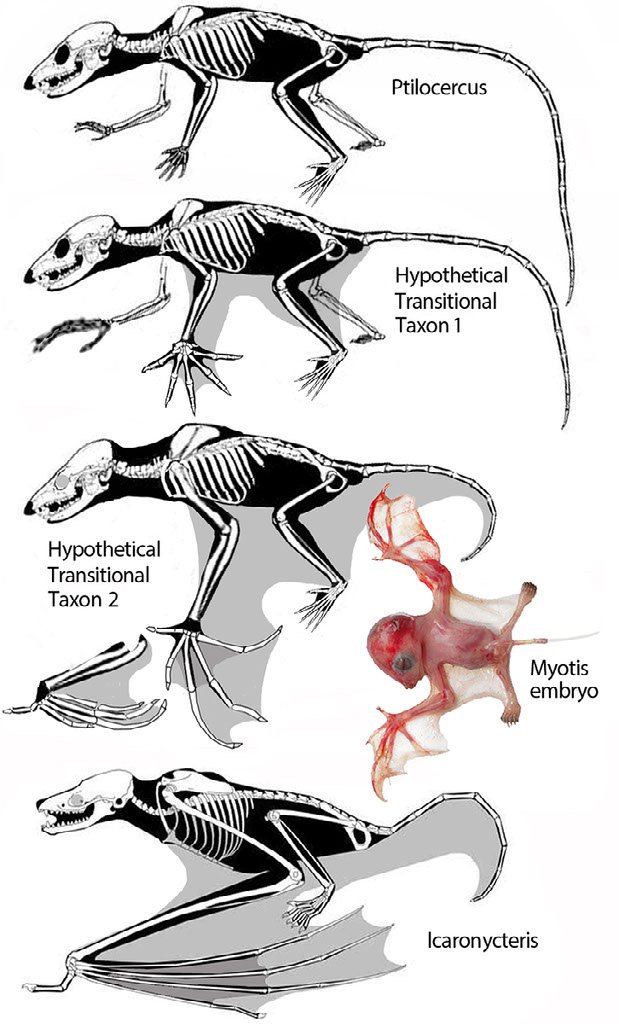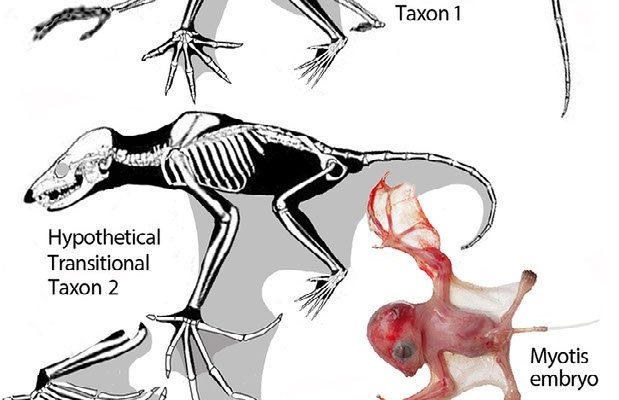
Understanding the evolutionary history of the fruit bat means diving into millions of years of changes, adaptations, and surprising turns. Honestly, it’s a bit like tracing the family tree of a favorite friend—the more you explore, the more you learn about where they came from and what makes them unique. Fruit bats belong to a greater family of bats known as Pteropodidae, which is a fancy way of saying they are part of the suborder Megachiroptera. But what does that really mean? Let’s break it down!
Early Ancestors: The Roots of the Fruit Bat
To get the full story, we need to rewind the clock back around 60 million years ago. This was the time when the first bats started to glide and take flight. Early bats, known as Eocene bats, were small and insect-eating. Imagine a little bug catcher zooming around at twilight! These bats were essential in balancing the ecosystems of their time as they feasted on abundant insects, helping to keep their populations in check.
As these early bats evolved, some began to adapt to different food sources, primarily fruit. This shift was crucial. You see, fruits are packed with energy, which is vital for flying, and many trees depend on animals like bats for seed dispersion. For fruit bats, this meant that their relationship with trees created an efficient recycling system—a win-win situation! Over time, some of these bats became better at finding and consuming fruit, leading to the rise of what we now recognize as fruit bats.
What Makes Fruit Bats Unique?
Fruit bats stand out for a few reasons. First off, they have a distinct snout structure that allows them to munch on fruit more efficiently. Their long tongues are specifically adapted to reach into flowers and extract nectar. Additionally, most fruit bats have excellent vision, which helps them navigate through dense forests, especially during the day. Unlike their insect-eating relatives, fruit bats rely less on echolocation and more on their keen eyesight and sense of smell to locate food.
Another fascinating aspect is their social nature. These bats are often found roosting in large groups, sometimes numbering into the thousands. This behavior not only aids in protection from predators but also enhances their ability to find food together. So yes, if you’re ever lucky enough to see a colony of fruit bats, you’ll notice not just a bunch of flying mammals but a bustling community thriving together.
The Global Distribution of Fruit Bats
You might be wondering where you can find fruit bats around the world. These fascinating creatures primarily inhabit tropical and subtropical regions. They thrive in areas with plenty of fruit-bearing trees and flowering plants. You’ll spot them in places like Southeast Asia, Australia, and parts of Africa and the Americas.
Interestingly, fruit bats have diverse habitats. They can be found in tropical rainforests, mangroves, and even some urban areas where fruit trees are abundant. Their adaptability to human environments can lead to occasional conflicts, especially in agricultural regions where they feast on cultivated fruits. But remember, they play a vital role in pollination and seed dispersal, which ultimately helps these ecosystems thrive.
Conservation Status of Fruit Bats
Unfortunately, not all is rosy for our fluttering friends. Many species of fruit bats are facing threats due to habitat loss, hunting, and climate change. As forests get chopped down for agriculture or urbanization, these bats lose their homes. They also face hunting pressures in some countries, where they are considered delicacies or are hunted for traditional medicine.
Conservation efforts are underway to protect these vital pollinators. Many organizations are working to educate communities about the ecological benefits of fruit bats and promote sustainable practices. As individuals, we can also contribute by supporting reforestation projects and living sustainably, ensuring that fruit bats continue to thrive for future generations.
Fruit Bat Adaptations and Their Importance
The evolution of fruit bats isn’t just about their ancestry; it’s also about their remarkable adaptations. Over the years, fruit bats have developed a range of physical and behavioral traits perfect for a fruit-based diet. For instance, their keen sense of smell helps them identify ripe fruit from afar. This is crucial in dense forests where visibility can be limited.
Their large eyes are also specially adapted to daylight foraging. Unlike many nocturnal species, fruit bats can comfortably navigate in the sunlight, which reduces competition for food. By foraging during the day, they can exploit a different niche in their ecosystem, allowing them to thrive even when other bats are resting.
The Ecological Role of Fruit Bats
The role of fruit bats extends beyond just eating and flying. These creatures are critical in maintaining the health of their habitats. As they feed, they help pollinate various plants and spread seeds, promoting forest regeneration. Imagine a fruit bat swooping from tree to tree, leaving tiny seeds that later grow into mighty trees!
This seed dispersal behavior has significant implications for biodiversity. Many plants rely on bats for pollination, and without them, certain ecosystems could decline. So, next time you bite into a juicy mango or enjoy a night of floral scents, remember that fruit bats play a vital role in making those experiences possible!
Myths and Misunderstandings About Fruit Bats
In popular culture, bats often get a bad rap, and fruit bats are no exception. You might have heard myths portraying them as carriers of diseases or pests. While it’s true that bats can harbor viruses, fruit bats are not inherently dangerous. In fact, they often contribute more positively to human environments than we might realize.
Education is key here. By debunking myths surrounding fruit bats, we can foster understanding and appreciation for these creatures. For many people, learning about their ecological benefits can change the narrative. The truth is, fruit bats are essential for healthy ecosystems, and promoting the understanding of their importance can help protect them.
The evolutionary history of the fruit bat is not just a tale of survival; it’s a testament to nature’s intricate web of life. From their early ancestors to their vital roles in ecosystems today, fruit bats capture our curiosity and remind us of the importance of biodiversity. As we navigate our own lives, it’s essential to remember that every creature, big or small, plays a part in the story of our planet.
So, the next time you hear the gentle flap of wings overhead or enjoy a fruity snack, think of these remarkable animals and the journey that brought them here. Let’s celebrate our fruit bat friends and work towards a future where they continue to thrive alongside us.

